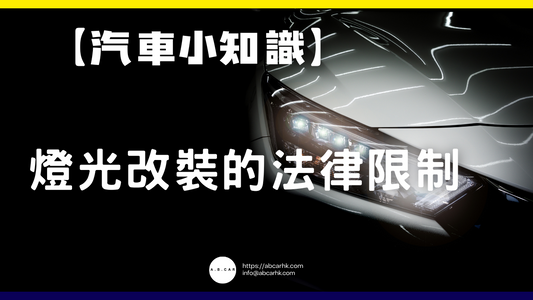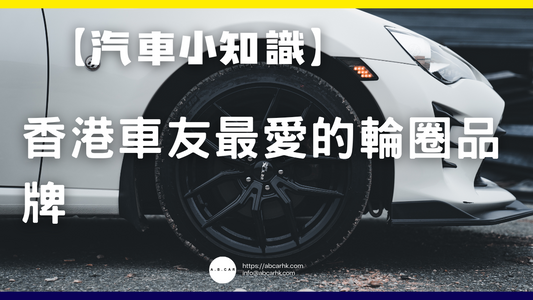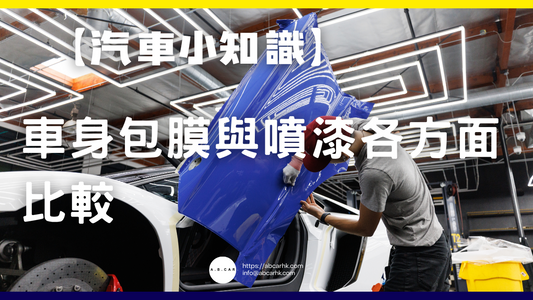[Car Knowledge] Emergency methods and precautions when the car battery is out of power

1. Emergency Response Methods
1. Jump Start
The most commonly used and most effective method.
step:
- Tools required : A car with a working battery and a set of jumper cables (commonly known as "jump cables").
- Two cars approaching : The front ends of the two cars should be as close as possible without touching.
- Turn off the engine and cut off the power : Turn off the engines of both vehicles and turn off all electrical equipment (such as lights and audio).
-
Connect the rescue line : the order is as follows
- The red clamp is clamped on the positive terminal (+) of the car's battery.
- The other red clip holds the positive terminal (+) of the tram.
- The black clip contains the "negative terminal (-)" of the train.
- The other black clamp should be clamped on the "exposed metal part of the vehicle body" (do not clamp it on the negative pole to avoid sparks).
- Start the rescue vehicle : Start a powered vehicle first and run it for a few minutes.
- Start a dead car : Try to start a dead car.
- Remove the rescue wire : Reverse the order, remove the black clip first, then the red clip.
- Continuous operation : After starting, let the car continue to run for a while to allow the battery to charge.
2. Power bank rescue
There are special car power banks on the market that operate similarly to jump starting and are small in size and easy to carry.
3. Push-start (manual transmission only)
- Push the car to a speed of 5-10 kilometers per hour, press the clutch to shift to second gear, quickly release the clutch and press the accelerator at the same time, the vehicle will have a chance to start.
- Automatic transmission vehicles cannot be pushed to start , otherwise the gearbox may be easily damaged.
2. Precautions
- Safety first : Avoid sparks, do not smoke, and stay away from open flames when operating.
- Pay attention to the polarity : red clamp connects to the positive pole, black clamp connects to the negative pole or the metal of the vehicle body, do not connect them incorrectly.
- Check the battery condition : If the battery is old, swollen or leaking, first aid is not recommended and the battery should be replaced with a new one.
- Pay attention to the wire size : The rescue wire needs to be thick enough to handle the high current.
- Avoid frequent emergency rescue : If you often run out of power, you need to check the condition of the battery and generator.
- Drive the car as quickly as possible after recovering it : at least 20-30 minutes to help charge the battery.
- If the vehicle has an electronic anti-theft system : refer to the owner's manual before jump starting.
- If jump-starting fails multiple times : Do not force start the vehicle, request roadside assistance.
3. Preventive measures
- Check the battery condition regularly.
- Turn off all electrical equipment when parking.
- The negative cable can be disconnected for long-term parking.
- Carry a rescue cable or power bank in your vehicle.



